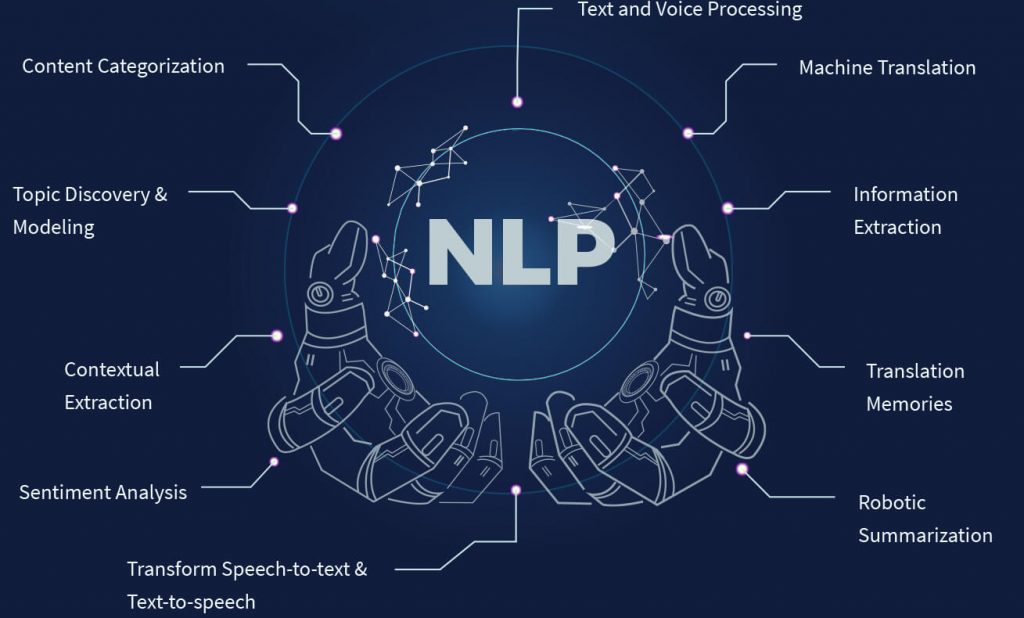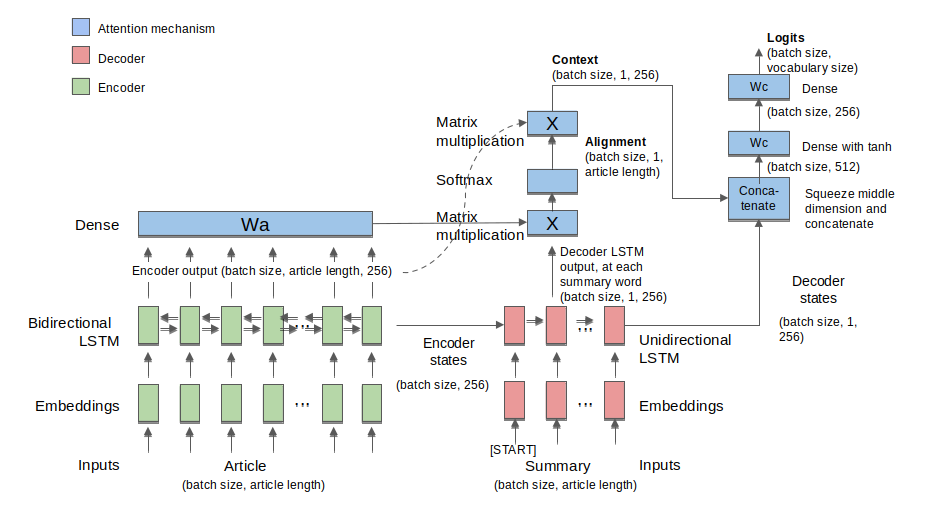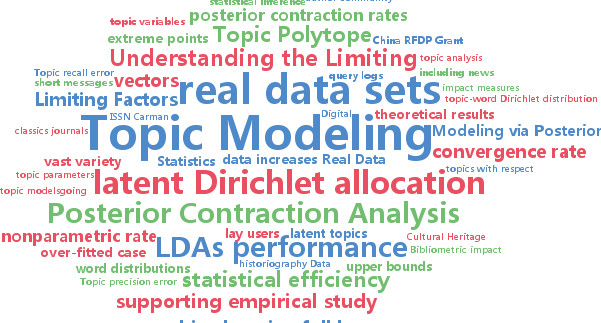Artificial Intelligence Services

Sentiment analysis helps bots comprehend user moods by analyzing user inputs for words and phrases that correlate to a particular emotion. At Adjibar we can build an inhouse developed AI application that can leverage natural language processing (NLP) and machine learning (ML) to understand customer mood, classify utterances into emotions, like anger, joy, etc., and score user input based on the sentiment’s intensity, helping bots steer conversations, modify responses, and bring in human agents when needed.

There are two methods of text summarization that use natural language processing (NLP): extractive and abstract
1. Extractive Summarization and Abstractive Summarization
Extractive summarization — This is traditional method which picks up sentences directly from the original document depending on their importance. Note that the summary obtained contains exact sentences from the original text.
2. Abstractive summarization
Abstractive summarization is closer to what a human usually does — i.e. conceive the text, compare it with his/her memory and related information, and then re-create its core in a brief text. That is why the abstractive summarization is more challenging than the extractive method, as the model should break the source corpus apart to the very tokens and regenerate the target sentences. Achieving meaningful and grammatically correct sentences in the summaries is a big deal that demands highly precise and sophisticated models.

A topic model is one that automatically discovers topics occurring in a collection of documents. A trained model may then be used to discern which of these topics occur in new documents. The model can also pick out which portions of a document cover which topics.

Machine Translation (MT) is the task of automatically converting one natural language into another, preserving the meaning of the input text, and producing fluent text in the output language. While machine translation is one of the oldest subfields of artificial intelligence research, the recent shift towards large-scale empirical techniques has led to very significant improvements in translation quality. The Stanford Machine Translation group's research interests lie in techniques that utilize both statistical methods and deep linguistic analyses.
.jpg)
We are experts in building personalized software that extracts images, videos and live data from sensors and predict, detect, track and recognize objects.
Your path to better business insights begins with cameras that collect images and live video across your workspace. Data from those devices is uploaded to the cloud or the edge, then processed through computer vision models that detect and analyze them. Once these models have identified key patterns, cues or anomalies — such as product defects, spatial hazards or inventory issues — automated responses or alerts are triggered, prompting immediate action.

The revolution of Artificial Intelligence and its evolution within the retail industry will revolutionize how customers interact with a brand. AI advancements in big data and business intelligence are beginning to have a massive effect on retail. The real-time consumer purchasing decisions are now predicted by AI. This technology brings significant opportunities for marketers and retailers to adapt their strategies. Along with its subfield Machine Learning, AI transforms customer behavior by enabling companies to provide personalized, predictive, and instant services and solutions. Our blog will examine how AI can Analyze customers in Retail.

Automated analytical models with Big Data algorithms are learning data iteratively and optimizing performance. Make it possible for your computers to find new models and ideas without explicitly programming them. Discover how to handle Let your computers find new models and information without explicitly programming them where to look.
Go the last mile of data-driven decision-making with augmented analytics Smart, automated analytics workflows and natural language processing make it possible for all businesspeople to make confident decisions based on data-driven insights and drive the best possible outcomes, without relying on IT or data and analytics experts.